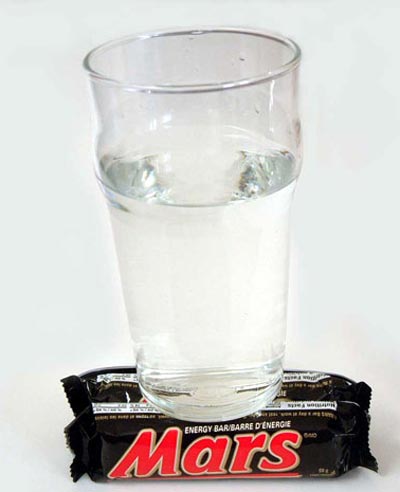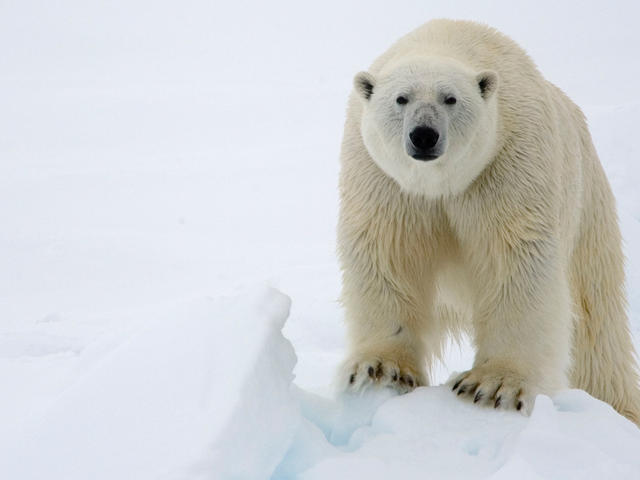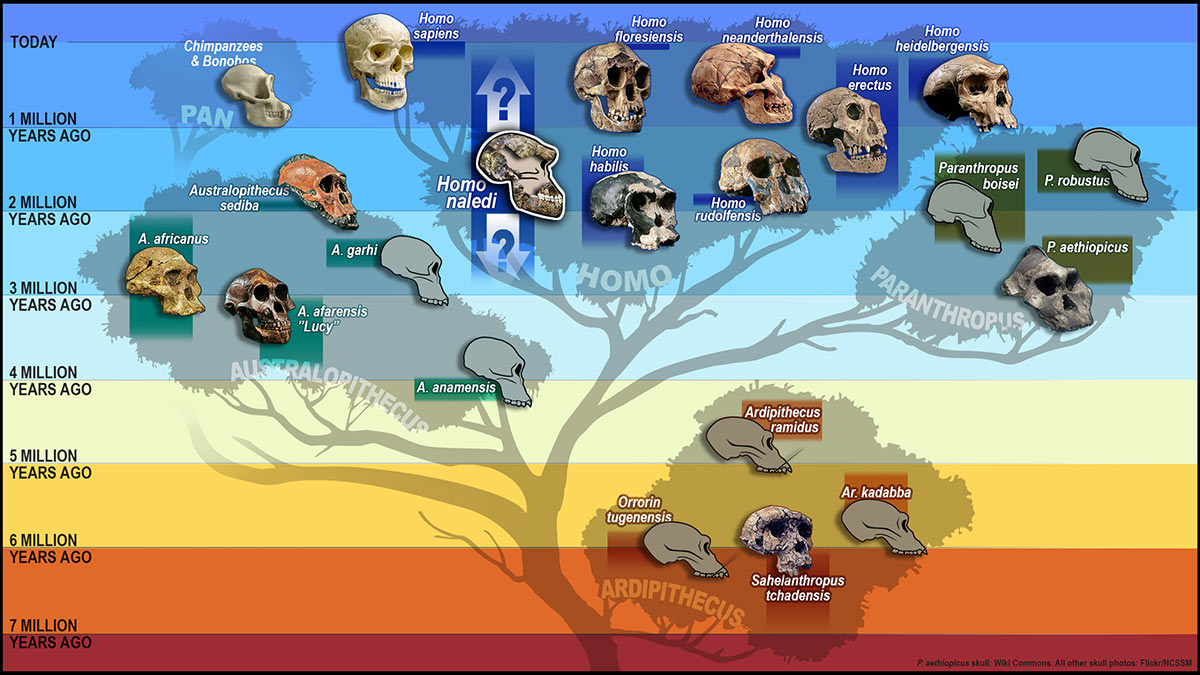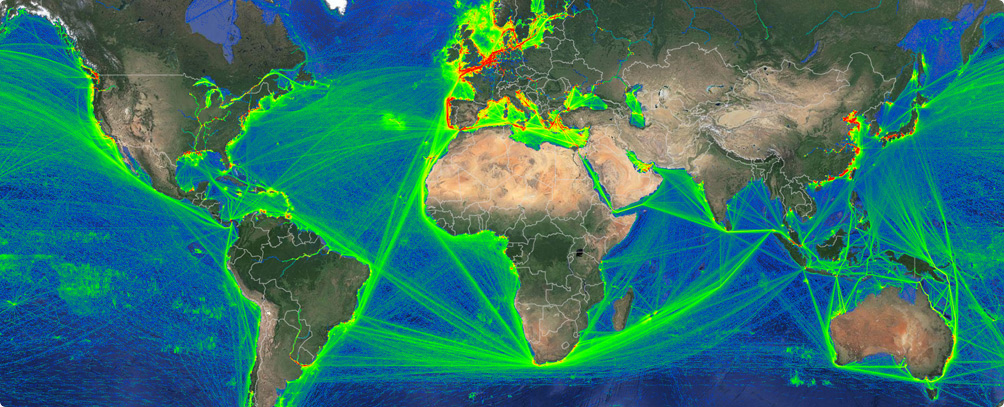A single test could detect almost any virus
A new test that detects virtually any virus that infects people and animals has been developed by researchers at Washington University School of Medicine in St. Louis, according to results published in the journal Genome Research.
Many thousands of viruses are known to cause illness in people and animals, and diagnosing them correctly can be a long and costly process, involving numerous tests.
Viruses that occur in and on the human body are collectively known as the virome. According to the study's senior author Dr. Gregory Storch, the Ruth L. Siteman professor of pediatrics, in a process known as "enhanced virome sequencing," researchers have developed a way to cast a broad net and "efficiently detect viruses that are present at very low levels."
No test so far has been sensitive enough to detect low levels of viral bugs. Many tests are limited to detecting only those viruses suspected of being responsible for a patient's illness.
http://www.medicalnewstoday.com/articles/300259.php


























